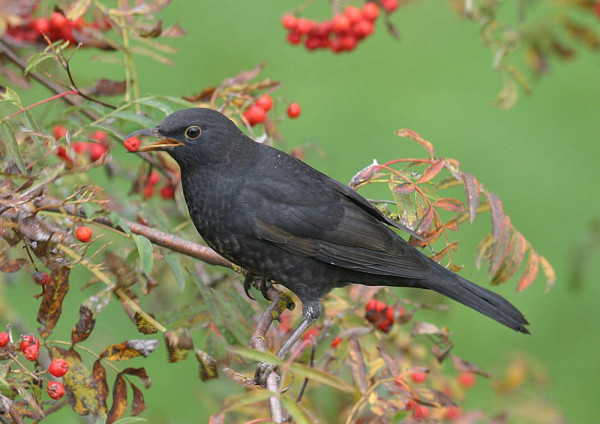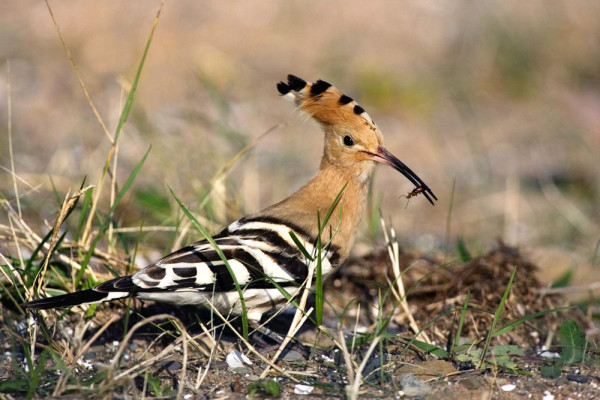
Migration blog (8th – 14th October)
The forecast westerly gales and the predicted North American birds both turned up during the last week. At least five Red-eyed Vireos were found on this side of the Atlantic, with a supporting cast of a couple of Rose-breasted Grosbeaks, Buff-bellied Pipits, Solitary Sandpiper and Upland Sandpiper, along with a handful of Monarch butterflies.
Also, as predicted, birds from the east weren’t left out, with a White’s Thrush on Fair Isle, Shetland taking top-billing and the first flush of Yellow-browed Warblers were also found on Shetland, with at least one making it to the Isles of Scilly at the other end of the country.
Redwings and Fieldfares arrived in small numbers and were accompanied by an even smaller number of Ring Ouzels. However, Whooper Swans, Pink-footed Goose and Brent Goose numbers continued to build.
The westerly storms also brought the predicted Leach’s Petrels and Grey Phalaropes closer to shore too.
As we approach mid-October encounters with summer migrants will drop dramatically and focus will turn to some of our winter visitors. Bramblings, Chaffinches and Goldcrests should start crossing the North Sea during periods of lighter winds, along with the first Woodcock. With the winds coming from the south and the east it is worth checking out any Swifts seen for Pallid Swift and there is a chance of a few more Hoopoes turning up too.

Species Focus — Blackbird
The wind has turned easterly and with it have come thrushes. Any wind with a hint of east in it at this time of the year will trigger migration across the North Sea and right now is the peak time for Blackbirds to be on the move. Ringing recoveries have shown that the Blackbirds that cross the North Sea to winter here are from Finland, Norway Denmark, Sweden and Germany, but not all them will stay in the UK. Some of the birds arriving on our east coast will carry on further south, to France and the Iberian Peninsula.
While these birds are arriving some of our resident breeding Blackbirds will be on the move too, heading south and west for the relatively mild conditions offered by southwest Britain and Ireland. So, right now there could be Scandinavian Blackbirds feeding alongside the local birds in our gardens, and whilst they are difficult to tell apart with careful observation it is just about possible.
Male Scandinavian birds are generally longer winged and have a dusky black appearance, whilst the local birds are generally shorter winged and a glossier black. The female birds are quite tricky but the Scandinavian birds will be longer winged too and can be somewhat darker than the short-winged, warm brown residents
As the week progresses the winds will turn more northerly and the temperature will drop accordingly – this will probably trigger an arrival of wildfowl

Looking ahead
During the early part of the week there will be a north/south split. The North will still be experiencing some strong westerly winds which may well bring a few more North American birds with them. Maybe this week will see Blackpoll Warbler and possibly Bobolink? While the south will be in warm south and south-easterly airflow – Black-headed Bunting anyone?
As the week progresses the winds will turn more northerly and the temperature will drop accordingly – this will probably trigger an arrival of wildfowl and we may see the first Goldeneyes on the move and maybe even a few early Glaucous Gulls and Little Auks.







Share this page